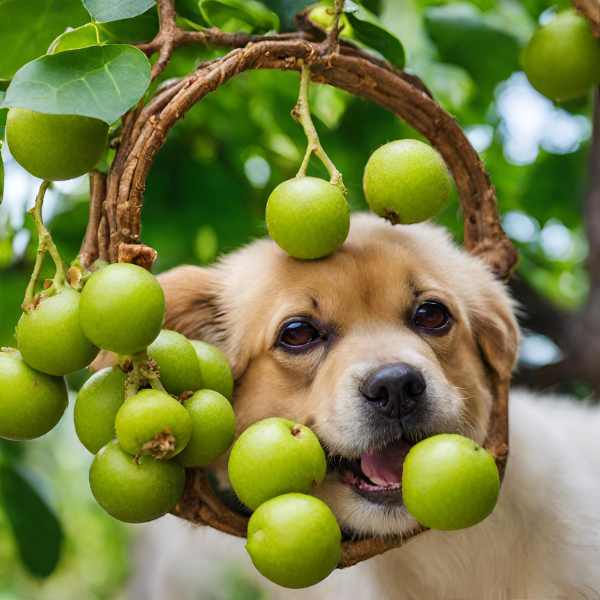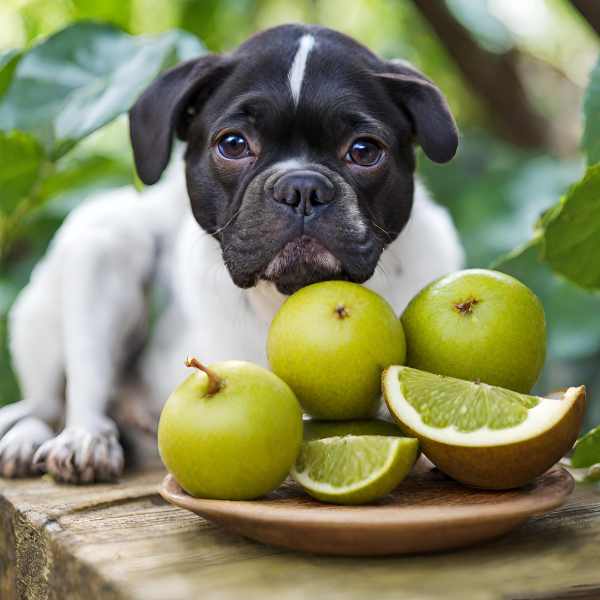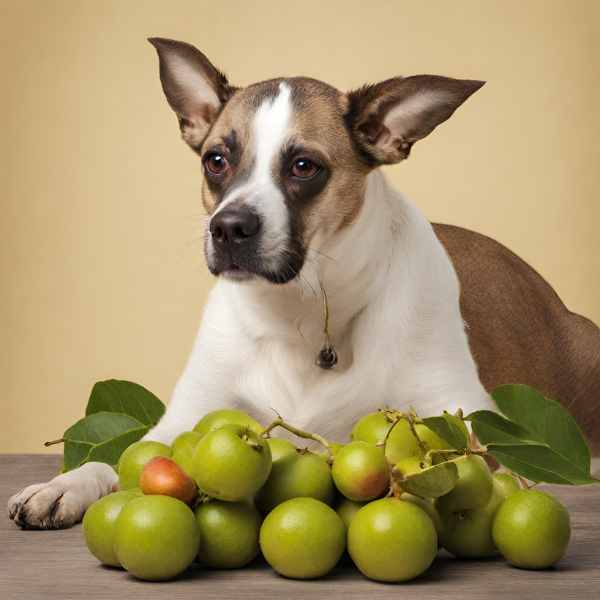Yes! Dogs can safely eat monk fruit. It can provide many health benefits for our canine companions. However, you should feed in small amounts in the beginning and not replace this fruit with your dog’s regular meal. When you give your dog monk fruit first, it is important that you talk to your vet and ensure that it is safe for your dog.
What is Monk Fruit?
Monk fruit, also known as luo han guo, is a sweetener that is derived from a tropical melon native to Southeast Asia, such as China and Thailand. This fruit has been used for hundreds of years in Chinese medicine. It has recently become popular due to its medicinal properties and health benefits.

Monk fruit contains compounds called mogrosides which are responsible for the fruit’s sweet taste without any added sugar or calories. It is calorie-free and its extract can be 4000 times sweeter than sugar.
Benefits of Feeding Monk Fruit To Dogs
Monk fruits have quite amazing benefits for your dog’s health. Consider the following:

1. The primary benefit of feeding monk fruit to dogs is its high levels of antioxidants which can help to reduce inflammation in dogs’ bodies and promote overall health.
2. Monk fruit is also a good source of minerals and vitamins such as vitamin C, magnesium, and potties mum.
3. Additionally, monk fruit extract is effective in reducing blood sugar levels in dogs with diabetes.
The Risks Of Feeding Monk Fruit To Dogs
Besides the benefits, there can also be some risks of feeding monk fruit in excess amounts.

Due to its high level of sweetness, if your dog eats too much of it, it can lead to upset stomach and gastrointestinal distress in dogs.
You should give your dog the type of meal that has all essential nutrients, so you cannot replace a regular diet with monk fruit. As with any food, be sure to feed monk fruit in moderation.
How to Feed Monk Fruit to Your Dog?
If you choose to feed monk fruit to your pup, it is important to do so responsibly. You should give monk fruit to your dog as an occasional treat.

You should first give in small amounts and then gradually increase the amount if your dog does not show any symptoms.
